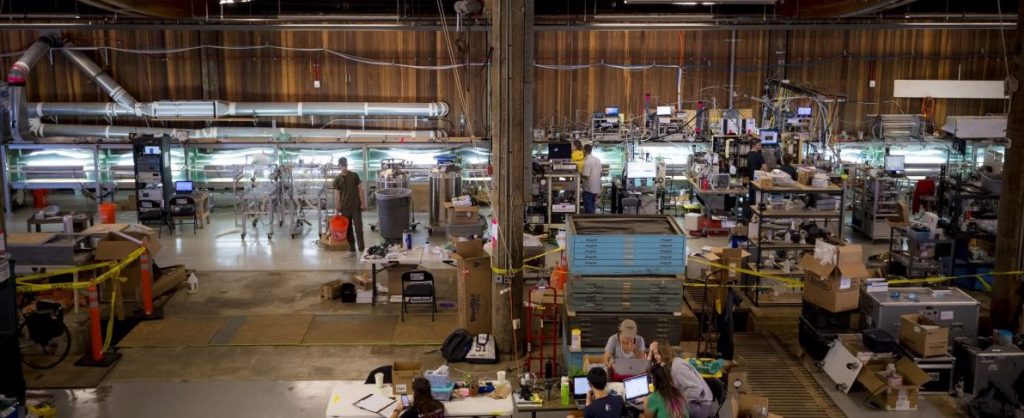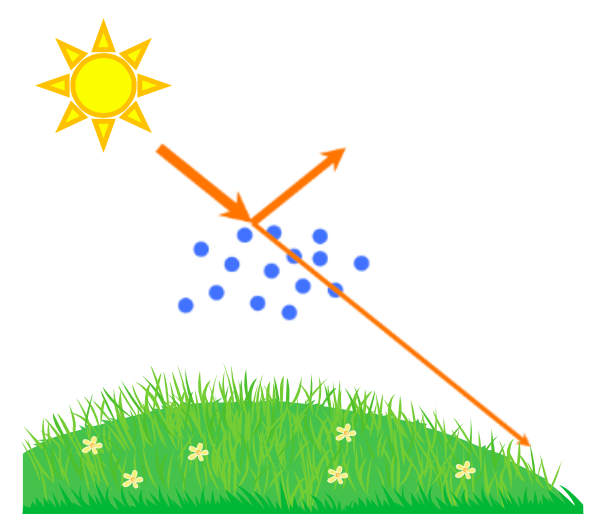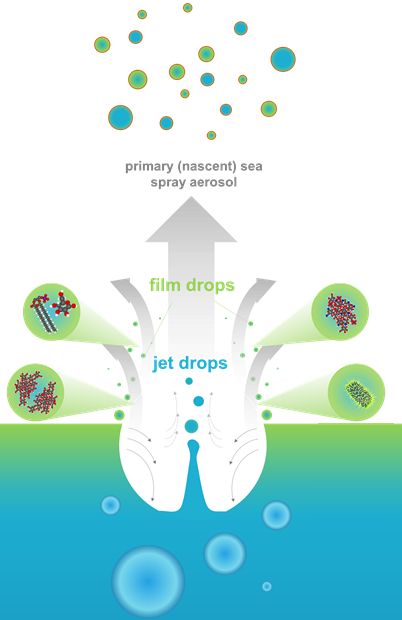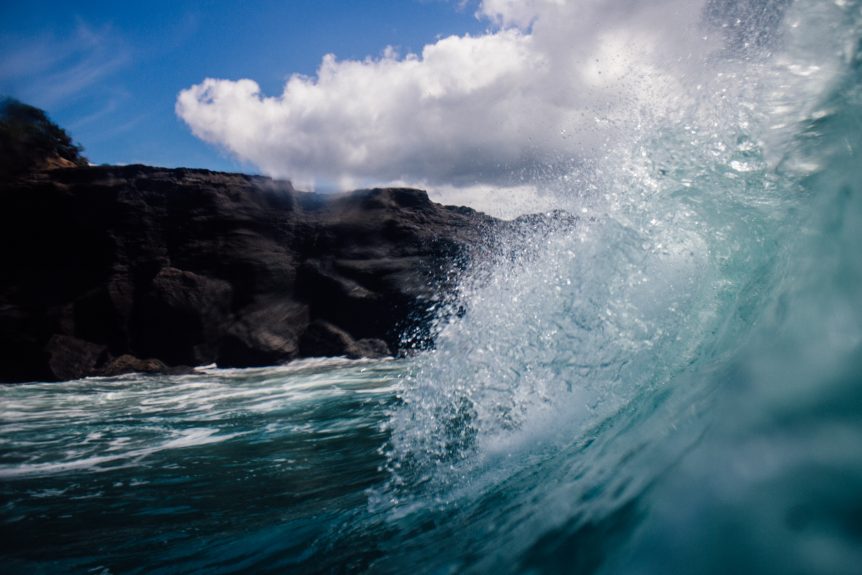Written by: Scott McInerney undergraduate @ University of Wisconsin-Madison
Aerosol formation is directly linked to particle properties such as size and composition. CAICE observes the implications this has on atmospheric processes.
In the late stage of his undergraduate career, atmospheric chemistry called to Dan Crocker and drove his ambition to apply his studies to the broader context of the environment. Searching for potential graduate school destinations, he began looking for schools with highly regarded atmospheric chemistry programs.
He discovered the Chemistry and Biochemistry Department at University of California San Diego. After consideration, this is where he decided to spend his time for graduate school, as he has taken up research in the Thiemens research group and the NSF Center for Aerosol Impacts on Chemistry of the Environment (CAICE).
Here, he found a place where he can observe atmospheric chemistry and its role in the climate. A major factor in his decision was the ability to observe aerosols, a topic that represents the largest uncertainty in most larger atmospheric and climate modeling.
Indeed, modelling published by the Intergovernmental Panel on Climate Change, an organization that creates scientific reports and assessments about global climate change, found that aerosols are the largest uncertainty in how humans affect the climate.
“I’m going to a place where we’re going to be doing cutting edge research that can really have an impact on improving how we can predict changes in the climate and atmosphere,” Crocker said.

Aerosols Climate Affects
The climate is an immaculately complex system that many factors play a role in, and understanding the intricacies that determine these impacts is one goal of the research at CAICE. While lots of research can be largely curiosity driven, CAICE researchers aim to contribute their knowledge to the larger context of the Earth’s changing climate.
Aerosols play an essential role in cloud formation. Crocker explained that understanding the composition of organic molecules in sea spray aerosol (SSA) is important because that can affect its ability to uptake water, which in turn can affect its ability to form a cloud. These things have larger implications in the climate.

“Cloud formation has a lot of important roles in our environment. First of all, it controls how much radiation comes to Earth. Clouds reflect a lot of solar radiation, so if we’re forming more clouds were going to have less radiation coming to earth”
Besides the indirect climate effect of cloud seeding, SSA, and other aerosols, can impact the climate directly, by reflecting or absorbing solar radiation before it reaches the earth, similar to clouds.

Besides the indirect climate effect of cloud seeding, SSA, and other aerosols, can impact the climate directly, by reflecting or absorbing solar radiation before it reaches the earth, similar to clouds.
Aerosol Formation
CAICE in particular focuses on gaining a better understanding of the complex mechanism that is the formation of SSA and how the composition of the seawater affects the composition of the SSA. They’ve discovered that different formation paths result in different sizes and compositions of SSA, which can provide valuable insight for climate processes.
“We want to study the composition to know how effective they’re going to be at affecting things like cloud formation that can really influence our climate and weather.”
Crocker described how SSA are created from bubbles that form when waves in the ocean break. When these bubbles rise up to the surface of the ocean they burst and form SSA.
There are two types of SSA that these bubbles will create, Crocker said, film drops and jet drops.
When film drops form, the bubble is at the surface, and the upper crest of the bubble that lies above the surface of the ocean is called the film. When the bubble bursts, the film forms film drops.

Film drops tend to be on the smaller side and contain lots of organic material, especially nonpolar surfactants. Since these nonpolar bubbles exist in water, a naturally polar species, organic compounds which tend to be nonpolar will easily attach to the surface of the bubble. As a result, organic carbon can be enriched in aerosols up to 100,000 times its concentration in seawater.
The alternative pathway for SSA formation is through jet drops that form from the bottom of the bubble. When the bubble bursts it leaves a pocket of space just above the water. Then the air that was inside the bubble rushes out, causing a jet of seawater to shoot up from under the bubble forming jet drops. These jet drops generally form larger SSA than film drops. The larger size of these jet drops turns out to be very important in the formation of ice clouds that produce snow.
“Most people to this point had been only using smaller particles and weren’t looking into bigger particles at all. It turns out that [large particles] are even better. Not only do they contribute, but they contribute more [to the formation of snow clouds].”
Ice clouds precipitate snow, and they are super important to areas like California where about 30% of the water supply comes from snowpack in the mountains, according to weather.com. Crocker said only about 1 in every 100,000 SSA can nucleate ice, so CAICE is studying aerosol formation and composition to see how they affect ice cloud formation. With a knowledge of size and composition of aerosols, CAICE can help predict the efficiency of ice cloud nucleation in areas like California.
In general, clouds form when water or ice condense onto the surface of aerosols, with water condensation being the more ubiquitous mechanism. Ice clouds, called cirrus clouds, are the most elevated in the atmosphere and occur when ice crystals condense onto the surface of an aerosol.
Due to the increased volume, larger SSA particles tend to contain more biological structures or entire organisms, which have been implicated to serve as ice nuclei for cloud formation.
The goal of CAICE’s research is to learn about aerosols’ environmental impacts. Understanding the formation and composition of SSA can help contribute to both large scale climate modeling, as well as smaller weather processes.

